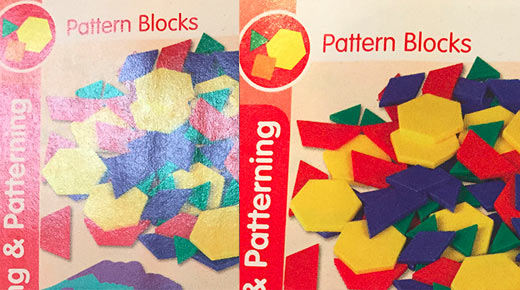Surface appearance can change your perception of color. Think of a glossy magazine. If the light is shining directly on the page, you may need to tilt the magazine and change the reflection angle to clearly see the colors. Likewise, a textured surface may appear to be a different color than a smooth surface of the same object.
|
ADVERTISEMENT |
Because spectrophotometers determine a color’s spectral values by shining light onto the surface and measuring the reflectance, choosing the right instrument and the proper measurement mode is crucial. These choices will determine what passes and what fails your tolerance, as well as how the results correlate to visual inspection.
Sphere spectrophotometers are the preferred choice for paints, coatings, plastics, and textile applications because they can include or exclude the specular component of surface appearance. This ability is critical to being able to evaluate the color only or the color and appearance of the object being measured.
…

Add new comment